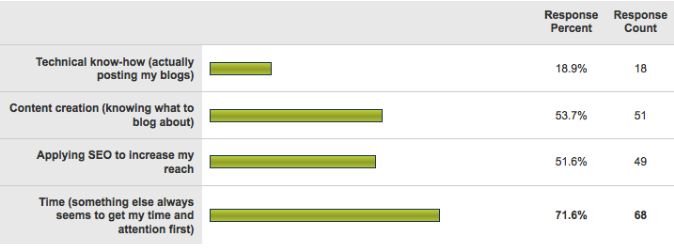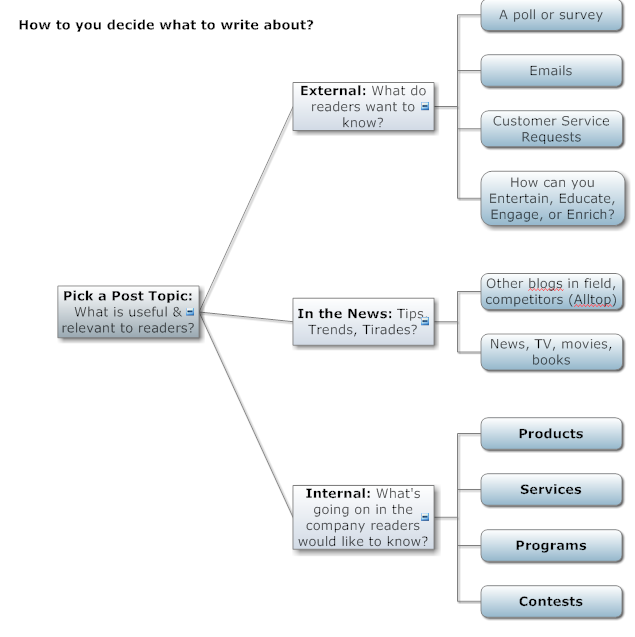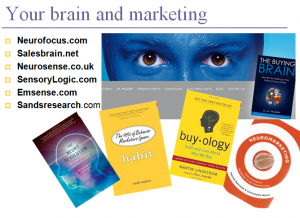 What can we learn from brain science about how to market to men?
What can we learn from brain science about how to market to men?
79% of men are alienated and barely able to recognize themselves in the ads portraying their gender (Business Week, 2006)
The Old Spice site has some great TV clips that do a good job of appealing to men’s views of themselves, using humor and exaggerations of stereotypes.
Here’s what else grabs the attention of male brains…
Attention: They live in the ‘now.’ They are concrete thinkers that like to consummate, finish. Men are goal-oriented. A male axiom is “get it done.”
Men are interested in power and in looking good, even more than being good.
Time– Men tend to hone in, more quickly than women, on what they’re looking for. Men are not browsers. A male motto, “Get what I want and move on.” Provide clear links to what they are looking for.
Causality– Men are concrete and tend to tightly focus their awareness. Their notion of cause and effect is linear and men are visually-oriented because of this concrete perspective.
Seeking clarity, men create absolute distinctions: black-white, yes-no. First- last, winner-loser.
Men like to feel unique and special, and as such they will follow their gurus, heroes and sports stars and teams.
Celebrity endorsements and affiliation – If Michael Jordon wears them, they’re good enough for men.
Look at Steve Jobs, Richard Branson: If the company president is a rebel and a renegade, then others will join their cause and identify with the company and their products.
Other people – For the male it’s every man for himself. Men prize individuality and self-reliance. They conceive of other people as “my competition.“
They ask, “What will your product do to make me better than the others?”
Look at Razerzone.com, a manufacturer of PC gaming hardware such as mice. This company publishes a gaming guide to show “noobs” how to rapidly improve their online game scores. It’s a list builder that is responsible for the company going from a list of 8,000 to 200,000 in less than 2 years.
It’s their key content marketing piece, and there are others. The president, RazerGuy, has his own blog, and they have active participation on Facebook. There are even Razer fan sites built by evangelists, and many tattoo the company logo, a three-headed snake, on their bodies.













